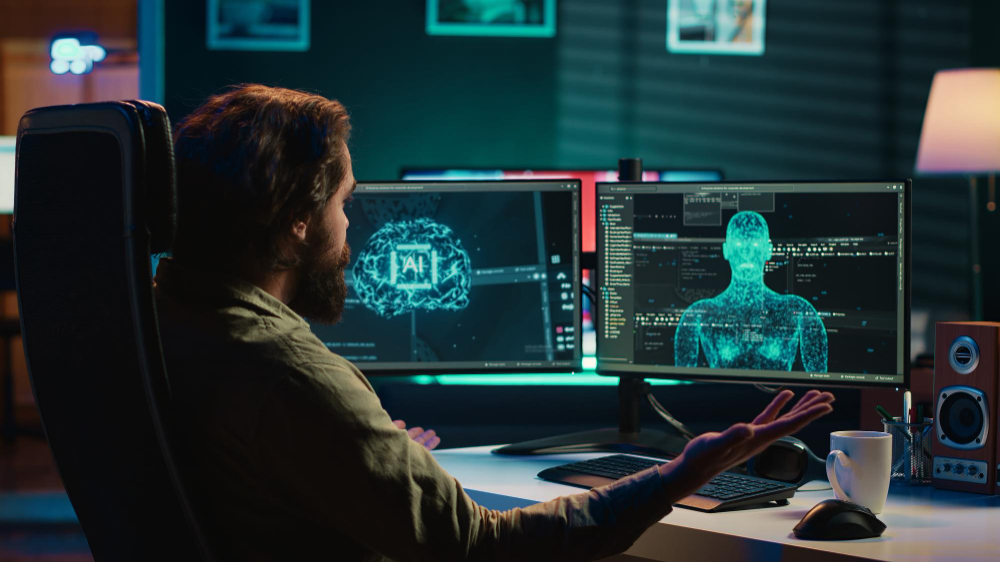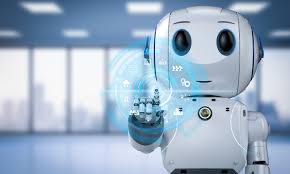Robots are no longer just science fiction—they’re part of our present. From smart assistants to industrial automation and medical innovations, robotics is reshaping the way we live and work. In 2025, robotics is not only about hardware and code—it’s about intelligence, ethics, and coexistence with humans.
What Is Robotics?
Robotics is an interdisciplinary field that integrates mechanical engineering, electrical engineering, computer science, and artificial intelligence to design, build, and operate autonomous or semi-autonomous machines—called robots—capable of performing tasks that were traditionally done by humans.
Types of Robots in 2025
Robots come in many shapes and sizes, and they serve a wide array of purposes:
- Industrial Robots
Used in manufacturing, these include robotic arms that assemble cars, electronics, and consumer goods. Companies like Fanuc, ABB, and KUKA dominate this sector. - Service Robots
These are designed to assist humans—think of robotic vacuum cleaners, hospital assistance robots, and even delivery bots. - Medical Robots
Used in surgeries, diagnostics, and elderly care. Da Vinci Surgical System is a well-known example of robotic surgery. - Military & Defense Robots
Drones, bomb-disposal bots, and autonomous surveillance machines are enhancing tactical operations. - Humanoid Robots
Designed to mimic human motion and interaction—these are being used for customer service, therapy, and entertainment. Think Sophia by Hanson Robotics. - Exploration Robots
These operate in environments unsafe for humans—like space (NASA’s rovers), deep-sea exploration, and disaster response.
Key Technologies Behind Robotics
- Artificial Intelligence (AI): Enables robots to process data, learn from experience, and make decisions.
- Computer Vision: Helps robots “see” and interpret visual data from cameras and sensors.
- Sensor Technology: Allows robots to detect physical conditions like temperature, distance, and motion.
- Actuators & Motors: Provide movement and control for limbs or wheels.
- Machine Learning: Critical for teaching robots how to improve performance over time.
Applications of Robotics Across Industries
| Industry | Use Case |
|---|---|
| Healthcare | Surgery, patient care, rehabilitation |
| Manufacturing | Assembly lines, welding, packaging |
| Agriculture | Crop monitoring, automated harvesting, weeding |
| Logistics | Warehouse automation, last-mile delivery, inventory sorting |
| Retail & Hospitality | Customer assistance, cleaning, food delivery |
| Education | Teaching aids, coding robots, STEM engagement |
Benefits of Robotics
- Increased Productivity: Robots work faster, 24/7, without fatigue
- Improved Safety: Robots can operate in hazardous environments
- Enhanced Precision: Especially vital in surgery, aerospace, and electronics
- Cost Efficiency: Long-term savings in labor and error reduction
- Support for Disabled: Robotic limbs and mobility aids improve lives
Challenges and Ethical Considerations
- Job Displacement: Automation may replace low-skill jobs, requiring reskilling
- Data Privacy & Security: Robots collect and process vast amounts of data
- Autonomy vs. Control: How much decision-making should a robot have?
- Bias in AI: Robots can inherit human biases from training data
- Regulation: Lack of unified laws regarding autonomous robots
The Future of Robotics: 2025 and Beyond
Robotics will become increasingly collaborative, intelligent, and human-centric. Here are key trends shaping the next phase:
- Cobots (Collaborative Robots): Work safely alongside humans in real-time.
- Soft Robotics: Flexible materials that replicate human touch and muscle movement.
- Swarm Robotics: Multiple simple robots working collectively—used in agriculture and military.
- Edge AI in Robots: Localized data processing for real-time decisions.
- Emotion AI: Robots that can recognize and respond to human emotions.
Famous Robotics Companies to Watch
- Boston Dynamics – Known for its dynamic humanoid and quadruped robots like Atlas and Spot.
- iRobot – Makers of Roomba and home-cleaning bots.
- UBTECH Robotics – Specializes in humanoid robots and AI education.
- Intuitive Surgical – Pioneers of robotic-assisted surgeries.
Conclusion
Robotics is not just about building machines—it’s about creating intelligent companions that augment human capabilities, improve efficiency, and transform industries. The fusion of AI and robotics will define the next industrial revolution—one that is already underway.





